Wildflowers can be really fussy about soil type and nutrient levels. So it is crucial that you know how to prepare your soil for a wildflower bed. If they’re not happy, they won’t perform for you. In this article we look at choosing and preparing soil for a wildflower area and how to make a wildflower garden.
After more than a decade of growing wildflower turf on a large scale, we thought it was time we shared our secrets on how to prepare soil for a wildflower area.
Wildflowers can be split into two groups. There are the annual wildflowers – those that germinate, flower and die within one year. And then there are the perennials and bi-annuals. These take longer to mature but live for much longer than the annuals. Each group have different soil requirements.
The right soil for annual wildflowers
Most of our annual wildflowers are not too fussy about soil type. The cornfield annuals include cornflowers, common poppy, corn marigold, corncockle, and corn chamomile. These plants have adapted to live amongst agricultural crops that are harvested and re-sown every year. Moreover their lifecycle co-ordinates with the farming year. To ensure these grow to their fullest potential every year, you’ll need to have the right soil for creating their wildflower bed.
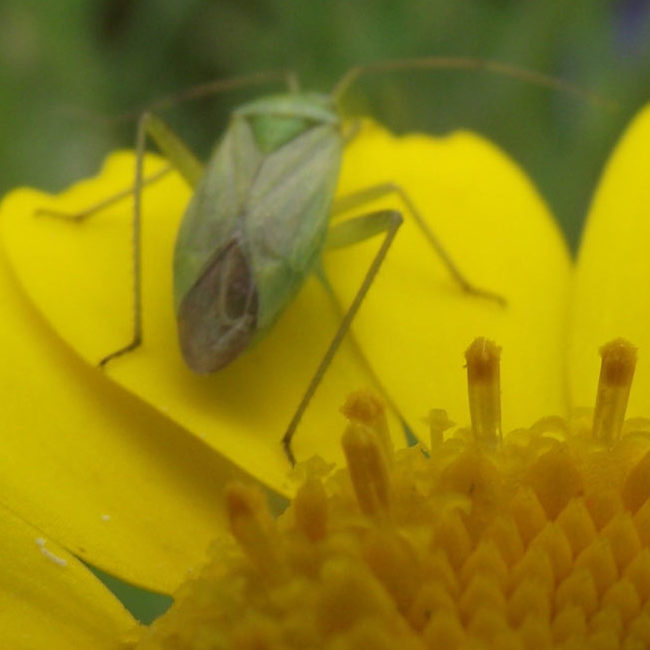
- Like to be sown in autumn or spring
- Must be sown into freshly disturbed soil
- Need light for germination
- Like to grow in full sun
- Happy in nutrient rich soil
- Compete well with wheat or barley
- Will self-seed to an extent but soil must be disturbed to encourage germination
To prepare the soil for annual wildflowers.
- Find a sunny spot
- Remove all traces of vegetation – especially the roots of perennial plants
- Dig the area over to a depth of at least 15cm. Remember you are copying the conditions created by the farmers’ plough.
- If soil is very free draining, add organic matter to help it retain water
- Rake to a fine tilth
- Sow seeds where they are to flower and thin the seedlings according to the advice on your seed packet.
Getting soil conditions right for perennial wildflowers
The most commonly sold Perennial and biannual wildflowers are adapted to living in low maintenance meadows. Most of these meadows have disappeared into the mists of time as farmers are under pressure to produce more food at cheaper prices. But forget the politics for now. Let’s look at the facts.
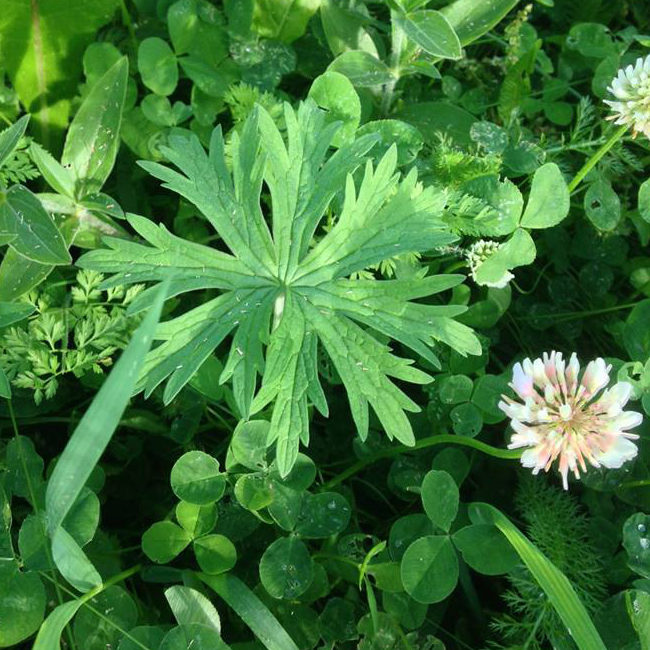
Meadow flowers have evolved to grow in grassland which is largely unfertilised. Here nutrients are recycled through grazing animals but no extra plant feed is added. Plants grow amongst the grasses and because the grass is in impoverished soil, there’s a good balance between the different species. As soon as grass plants are fed, they become bigger, bolder and more aggressively competitive.
Products that can help…
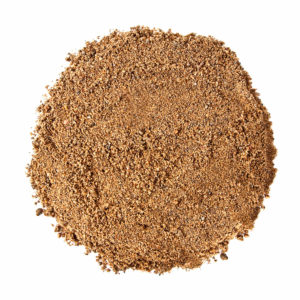 |
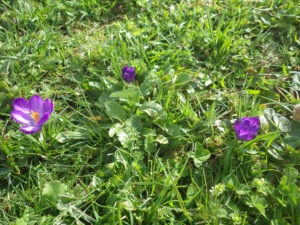 |
 |
 |
Impoverished soil also keeps thuggish plants like nettles and docks under control. Some of the perennials like to flower early in the season so they can be pollinated by early flying bees. These tend to be low growing plants like cowslips who make the most of the sunlight before other plants grow tall around them.
Perennial and biannual plants spread through seeding. The perennials are able to regenerate from their roots every year. Once or twice a year, the meadow will be cut back for hay. Meadow plants will either flower and set seed before the hay cut or they will wait until after being mown before they begin their flowering cycle. Some treat being mown as a kind of deadheading and they will produce a second flush of flowers in late summer.
No need to re-sow or re-plant meadow wildflowers every year. The only maintenance required is that summertime cut.
Why wildflowers can be hard to grow in gardens
While having a wildflower garden is a dream for most gardeners, preparing and managing soil for perennial wildflowers can be difficult. The process is all about emulating the conditions in an old fashioned meadow. So low nutrient soil, left largely undisturbed. Plants material is cut down and removed at least once a year. No fertiliser is added.
The problem with garden soil and indeed with most of the soil and compost available in garden centres is that it is already high in nutrients.
There is very little land in the UK that has not been either intensively farmed or gardened. And that means that it has been fortified to support crops of food, flowers, or indeed lush lawns.
To prepare soil for successfully growing perennial and biannual wildflowers
- Find a sunny spot (unless you are growing woodland wildflowers)
- Remove all traces of existing vegetation – roots, leaves, everything
- Dig down to a depth of 10-15cm to relieve any soil compaction
- Spread around 10cm of very low nutrient soil on the surface of the soil and lightly fork over to incorporate some of the native soil
- Establish your wildflowers into this soil, but remember, nutrients can still leach up from below so take great care not to use any fertiliser (not even natural manure) on or close to the area. There will be some competition from grasses, but that’s OK – these plants know how to deal with it.
- Keep soil nutrients low by cutting back your wildflowers and grasses at least once a year. Ideally in late June – just before the grasses set seed.
Related information
Growing wildflowers in your garden
How to attract butterflies and bees to your garden
Why wildflowers make a great alternative to a formal lawn
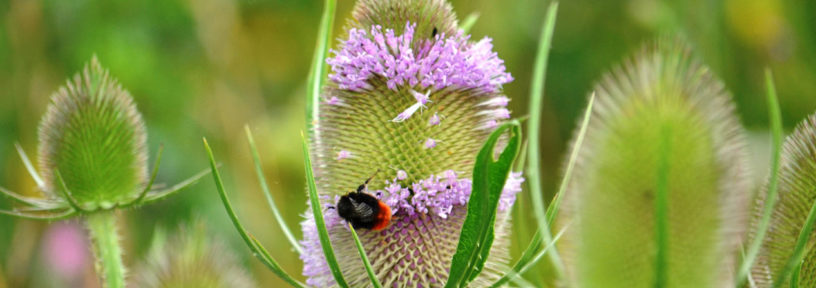
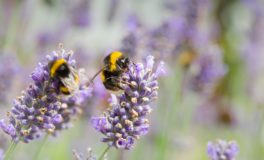 15 Wildflowers Beloved By Bees
15 Wildflowers Beloved By Bees 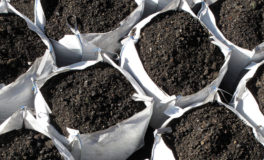 Benefits of our topsoil
Benefits of our topsoil 

